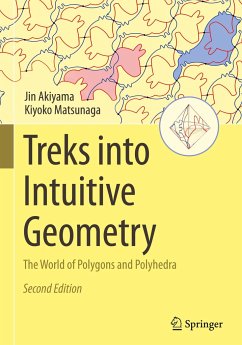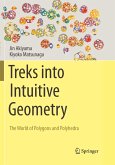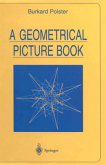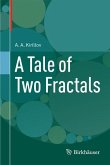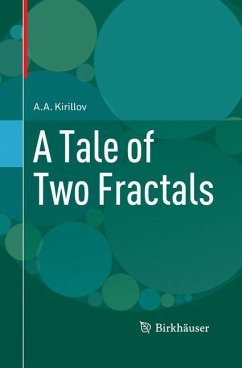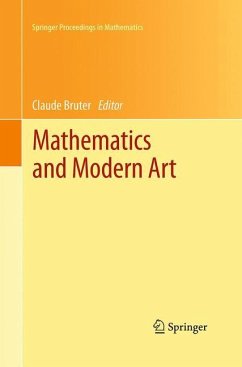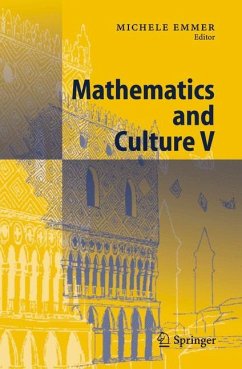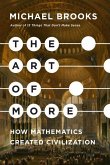This book is written in a style that uncovers the mathematical theories hidden in our daily lives, using examples of patterns that appear in nature, arts, traditional crafts, as well as mathematical mechanics in architectural techniques. The authors believe that through conversations between students and mathematicians, readers may learn about the methods used by the originators of these theories their trials, errors, and triumphs in reaching their various conclusions. The goal is to help readers refine their mathematical sense in terms of formulating valuable questions and pursuing them. In addition, the book aims to provide enjoyment in the application of mathematical principles to beautiful art and design by using examples that highlight the wonders and mysteries of these works found in our daily lives. To achieve these goals, the book tackles the latest exquisite results on polygons and polyhedra and the dynamic history of geometric research found around us. The term "intuitive geometry" was coined by Lászlo Fejes Tóth and refers to the kind of geometry which, in Hilbert's words, can be explained to and appeal to the "man on the street." This book enables readers to enjoy intuitive geometry informally and instinctively. It does not require more than a high school level of knowledge but calls for a sense of wonder, intuition, and mathematical maturity. In this second edition, many new results, and elegant proofs on a variety of topics have been added, enhancing the book's rich content even further.
"The subjects within Treks into Intuitive Geometry directly relate to what German mathematician David Hilbert distinguished as topics that could interest a 'man on the street.' ... The book contains colorful diagrams and reprints of famous artwork. ... Summing Up: Recommended. General readers through lower-division undergraduates." (M. D. Sanford, Choice, Vol. 54 (2), October, 2016)
"Treks into Intuitive Geometry is a delightful read covering various topics in geometry, from tilings of the plane to three-dimensional solids. ... This book is also filled with wonderful full-color illustrations. ... With these concrete topics and easy-going style, this book can be enjoyed by mathematicians and recreational puzzlers alike." (Tricia Muldoon Brown, MAA Reviews, maa.org, April, 2016)
"The authors' efforts to provide figures and experiments, as well as the many references with 'everyday life' suchas art, architecture and optimization, will be appreciated by teachersor self-taugth readers. In various way, this book is poetic, and contains several references to the Japanese culture and history. It is uncommon in its construction, well illustrated and entertaining. In summary, a good outreach book for a broad audience." (Matthieu Jacquemet, zbMATH 1339.52001, 2016)
"Treks into Intuitive Geometry is a delightful read covering various topics in geometry, from tilings of the plane to three-dimensional solids. ... This book is also filled with wonderful full-color illustrations. ... With these concrete topics and easy-going style, this book can be enjoyed by mathematicians and recreational puzzlers alike." (Tricia Muldoon Brown, MAA Reviews, maa.org, April, 2016)
"The authors' efforts to provide figures and experiments, as well as the many references with 'everyday life' suchas art, architecture and optimization, will be appreciated by teachersor self-taugth readers. In various way, this book is poetic, and contains several references to the Japanese culture and history. It is uncommon in its construction, well illustrated and entertaining. In summary, a good outreach book for a broad audience." (Matthieu Jacquemet, zbMATH 1339.52001, 2016)

